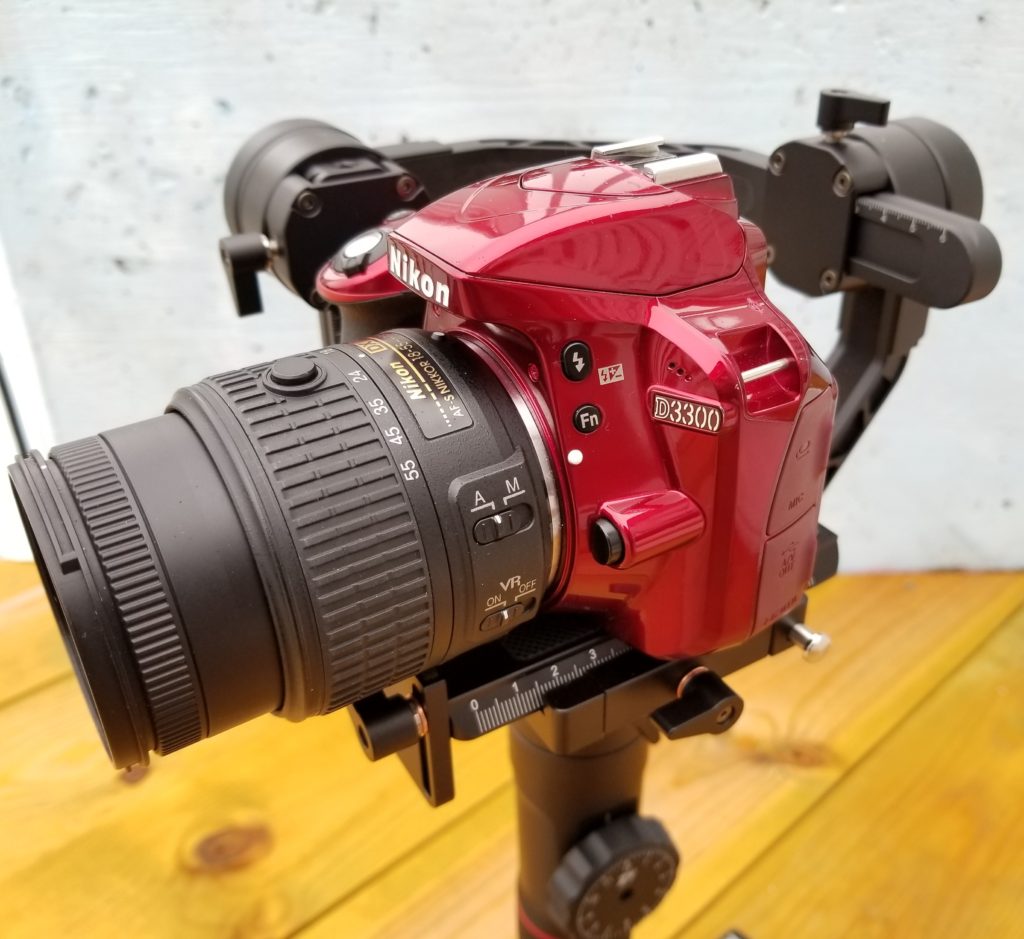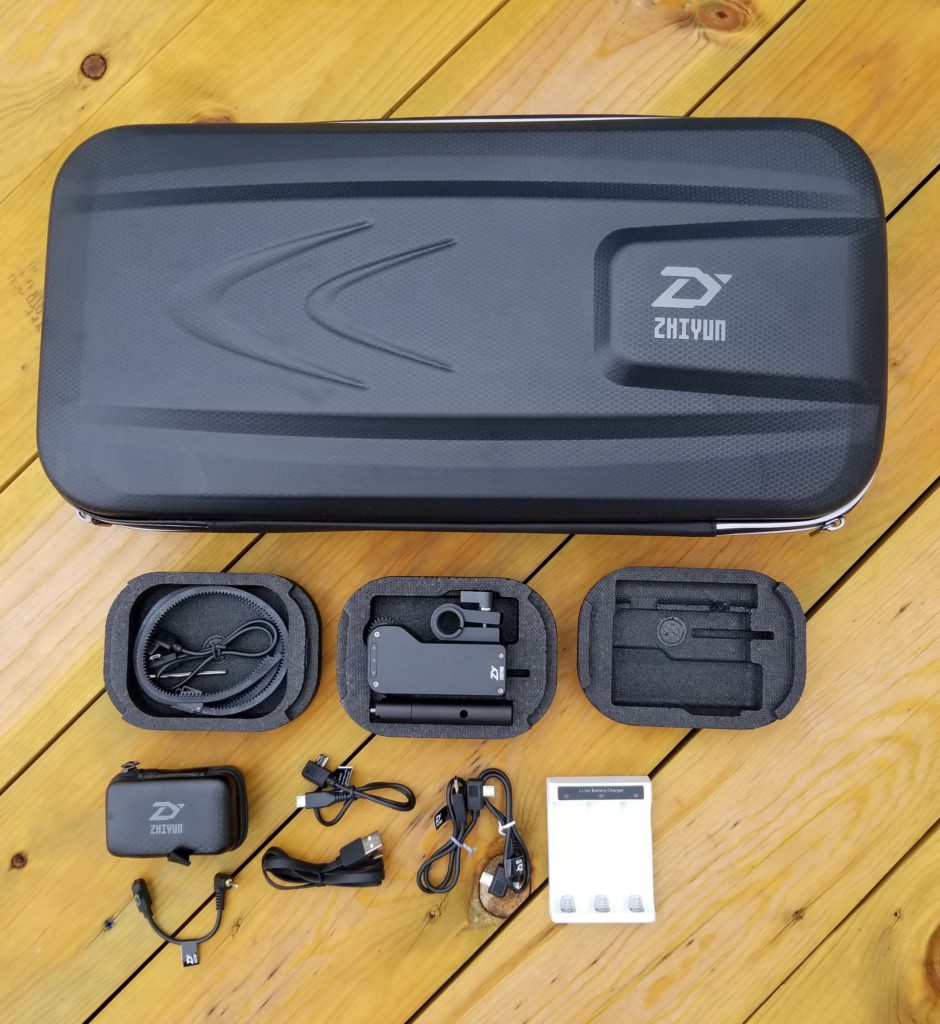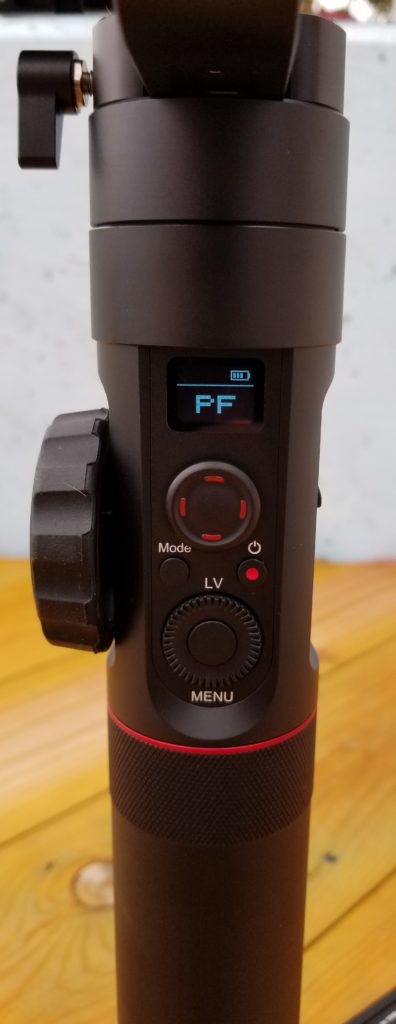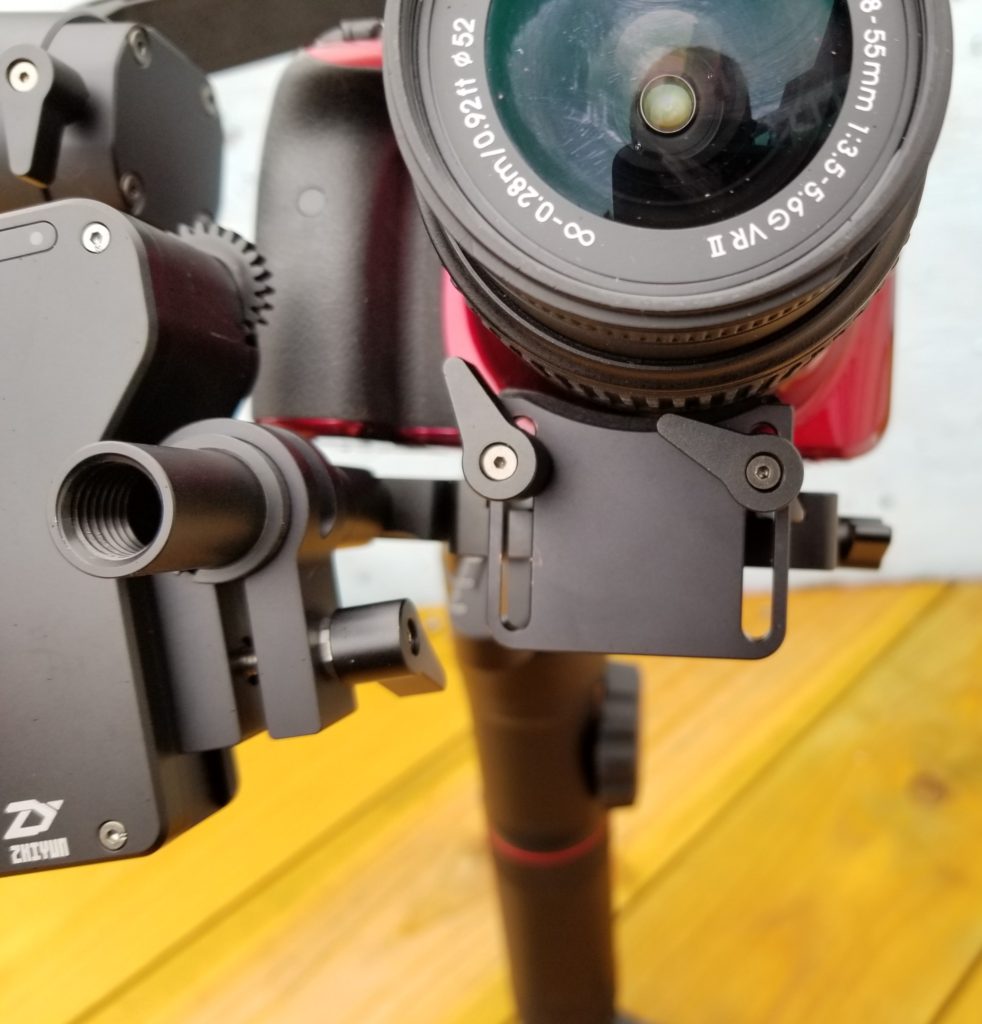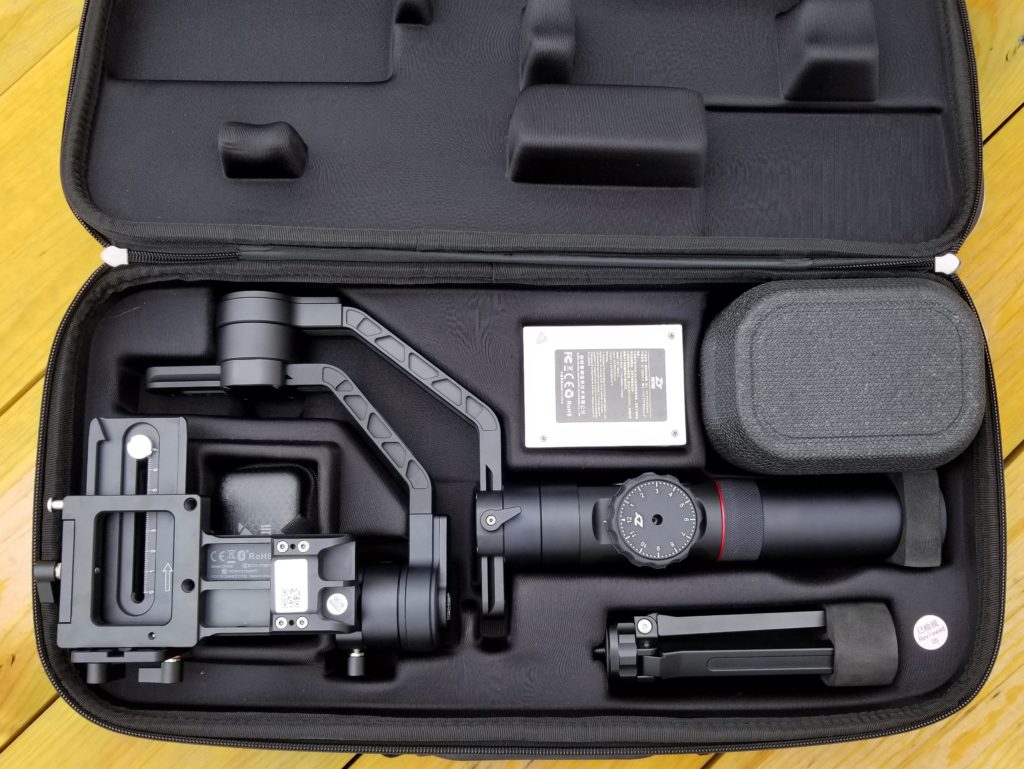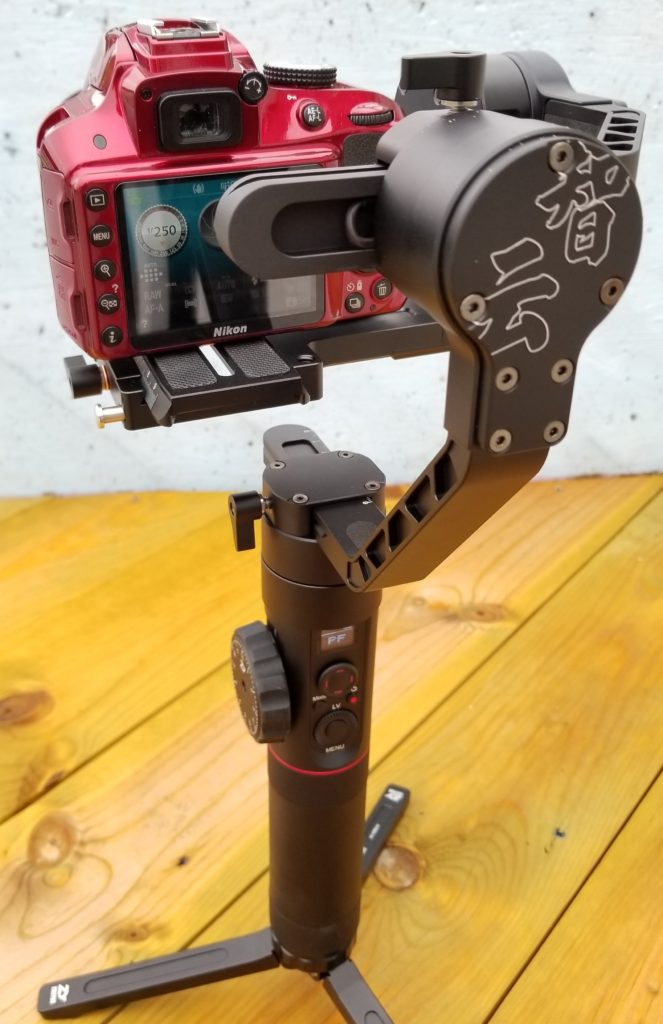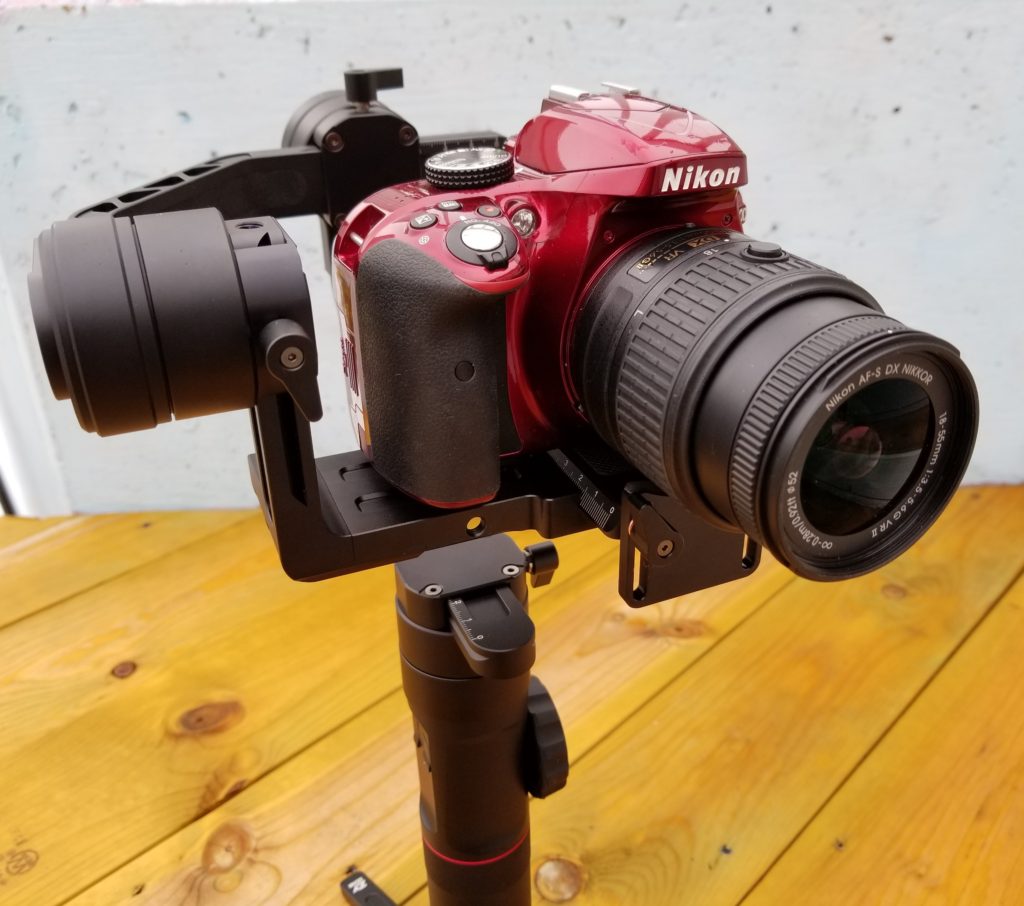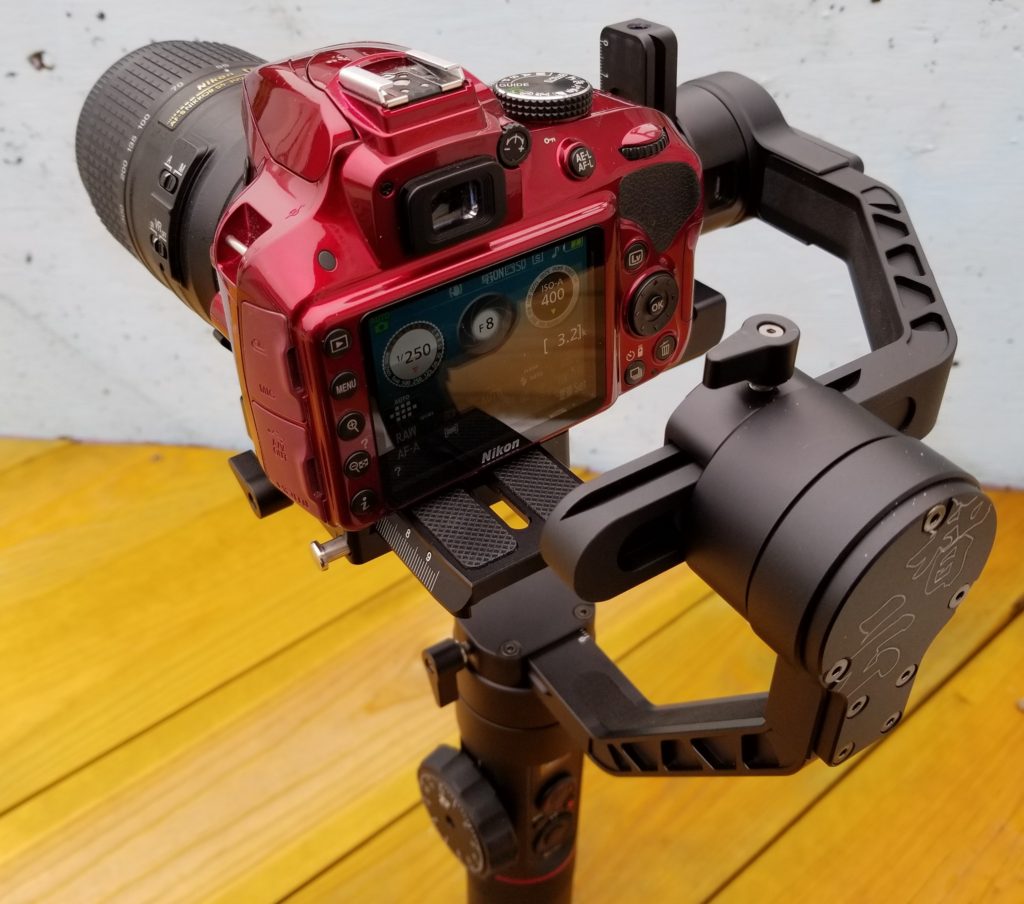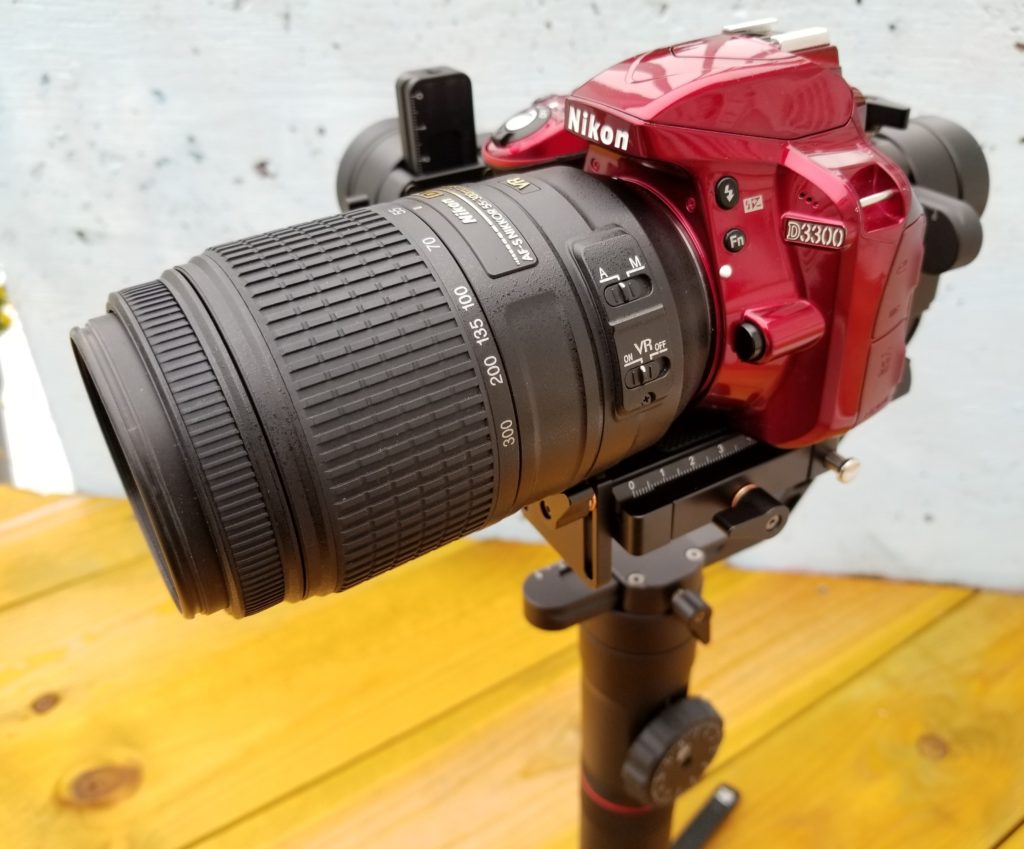YouTube is the second largest use of the North American internet, counting for 18.69% of internet traffic. Include Netflix and both of them count for half of internet use during peak times.
The thing about YouTube though is that anybody can become a producer. It takes very little to get started on YouTube and when people begin to dedicate their lives to their channels, it becomes their full-time job.
They go from an everyday consumer to a star known by millions of people. All that is needed is a camera, some video editing skills, and a personality that people find interesting.
Before you say that you may not be interesting enough to watch on YouTube, take a look at how a Canadian carpenter gained 1.4 million subscribers and his most recent video of experimenting if a chipmunk can get food out of a bottle received 100,000 views at the time of writing this.
The point here is that even something such as this can be found as entertaining, slowly growing the channel’s subscriber count. What you like, other people will like too.
However, there is a big mountain to get over when getting started on YouTube. It’s that there are hundreds of other people who are going to try and over throw your supreme. They will produce similar videos which may draw attention away from yours.
To stay relevant, one of the most important things in videography is how the video is recorded. A smooth video is key in keeping the viewer happy and headache-free. We’ve all cringed when watching a shaky smartphone recording of some event.
Known as a gimbal, this technology is meant to stabilize a camera so that the footage being recorded is perfectly smooth. Just like it is in superhero movies when the hero is jumping from building to building.
Normally, this sort of equipment is exclusive to Hollywood, but Zhiyun is a company who takes this exclusive technology and puts it into our hands.
Their new Crane 2 is a full-size camera gimbal that supports most consumer grade cameras and turns them into a Hollywood tool with the utmost smoothest video. All with a one-handed tool, the Crane 2 is here to help you up your videography game.
Welcome to my review of the Zhiyun Crane 2.
Design
Previously, I reviewed the Zhiyun Smooth 4, a gimbal that took any smartphone and turned it into a professional videography tool. My greatest take away from the Smooth 4 was the fact that it was all operated by one hand.
The Crane 2 is the bigger (much bigger) brother to the Smooth 4. Instead of supporting smartphones, it supports full size consumer cameras with swappable camera lenses. While it’s larger in size, it doesn’t lose its one-handed operation.
Made from an all-aluminum body and frame, the Crane 2 not only looks and feels premium, but rather has significant strength for the plethora of cameras it can support.
Beginning with the center shaft, the Crane 2’s one-handed operation meant that Zhiyun had to place the center of gravity right where you hold the unit. Even with its hefty weight and aluminum body, the Crane 2 doesn’t feel as heavy as it should.
To get started, the Crane 2 uses four lithium-ion rechargeable batteries that are housed in the center shaft of the Crane 2. Your hand grips around the smooth bottom portion of the shaft with your thumb perfectly lining up to the Crane 2 controls.
The ambidextrous Crane 2 allows your thumb to control pitch, camera zoom, mode, power, menu, and other associated camera functions. The controls are made from rubber and plastic which is the only non-aluminum part on this entire unit.
Above the controls is a small user display that can help the user identify controls of the Crane 2. By default, the display will show PF or L to indicate Pan Follow or Lock mode which will be discussed later on.
The small display also doubles as your on-screen menu for the gimbal. The menu is short and to the point by only contain a few user controllable options such as motor strength, calibration, camera model, wheel, joystick, and angle controls.
Above the controls is the three-motor gimbal mechanism and the flat rubberized camera mounting bracket. With its large reinforced aluminum brackets, the Crane 2 is ready to support some of the biggest cameras that the average consumer can buy.
For myself, I mounted a Nikon D3300 camera to the Crane 2 while using a short throw Nikon AF-S DX 18-55mm lens as well as a long throw Nikon AF-S DX 55-300m lens.
Your camera sits on a flat rubber padded bracket on the Crane 2’s gimbal mechanism. It attaches to the Crane 2 through an adjustable amounting screw that is universally compatible.
When mounting a camera, you need to adjust the three axes on the Crane 2 by loosening, adjusting, and tightening the adjustment points. In practicality, this process is straightforward and needs little to no direction.
One small design gripe I ran into is the front lens mounting bracket. The Crane 2 contains a forward front lens bracket that holds the camera lens steady and level for larger lenses. However, the adjustment knobs have a short turn which interferes with the lens itself. You can see my example in this picture here:
To control a camera’s zoom, the Crane 2 comes with an external zoom motor that can be mounted to the Crane 2. By mounting the zooming motor and wrapping the lens with a teethed rubber belt, the motor can then zoom the camera in our out.
Mounting the external zooming motor is a lot easier said than done. You first need to loosen the connecting bolt with pump plyers and the included Allen key wrench. From there, you attach the motor to the connected rod. The problem I ran into was that the connection of the motor to the rod was infuriating to tighten down and position just right.
To make matters worse, the rubber belts that wrap around the camera lens are rather cheap feeling and the belt teeth do not easily line up with the small teethed motor wheel. As I will talk about later on, I opted not use this external motor and adjusted the camera zoom by hand.
For supported Cannon, Sony, and Panasonic cameras, Zhiyun includes cables that can connect directly to the camera itself. This allows the Crane 2 to interact with the camera and its controls. Unless the camera has automatic zoom, you will still need to hook up the external zooming motor.
If you are looking to set the Crane 2 down onto a desk, Zhiyun includes a sturdy aluminum tripod for the Crane 2. The tripod securely plants the Crane 2 down onto a desk and prevents it from tipping or falling over from hefty accidental bumps or hits. The center of gravity for the Crane 2 is well placed.
Finally, when you are traveling with the Crane 2, the entire product and its accessories come in a large, protected plastic and foam case. This case is meant to protect your Crane 2 from drops and all sorts of travel. I would even argue it safe enough for air port security to handle without the Crane 2 being damaged. There’s a large carry handle as well.
Zhiyun’s products are fun and exciting to use, especially for those who are getting into videography. However, their design and build quality is some of the highest I’ve seen on virtually any product. Everything about the Crane 2 feels well placed, well designed, and never feels cheap.
Functionality
To get started, you follow along the included quick start guide and mount your camera using the process I mentioned earlier.
Even though the quick start guide gives you a great understanding of how to balance your camera and how to twist and turn the camera, there is still a big learning curve. Luckily, most things are self-explanatory and I would say within an hour you can feel confident enough to start recording video.
The hard part is learning the controls of the camera. You have to be smooth, but also remember that twisting should be done lightly while pivoting movements are done with the wheel.
Swapping out cameras on the Crane 2 isn’t as practical as it may seem. I would recommend using one camera with the Crane 2 as it’s not as quick as unscrew one camera and screw on another. Even swapping out the lens can mean you now need to spend time rebalancing.
Luckily for those who do plan on using multiple cameras, the Crane 2 has rulers on all of the adjustment pieces. As long as you keep track of where each ruler is at the time of balancing, you can quickly rebalance the Crane 2 for a secondary camera.
As previously mentioned, I am using a Nikon D3300 camera with both a short and long throw lens. The following videos are of the long throw lens as I stand about 40 feet away from the car and about 100 feet away from the flag.
I recorded video using both the Pan Follow mode and the Locked mode. The first is where the camera will slowly pan an area as you twist the center shaft left and right. Lock mode has the camera lock onto a set point and the camera will hold that object in its sight.
The best example between the two would be that a Pan Follow is great for fast moving objects, while Lock is best for when you are moving with or away from the object.
Here I am putting the Crane 2 to its limits by not only walking, but also moving up and down in a Pan Follow mode. Ignoring the camera’s ability to keep up with my movements, the Crane 2 breezes right through this test and the entire video is both smooth and contains little to no walking bumps.
Next, we can see how the camera is locked to the American flag as I move across my backyard boardwalk. Towards the end, I release the lock which has the Crane 2 snap back to its forward position of how I am facing. To show a slight and quick pan, I pan it slightly right.
When you are recording and the Crane 2 is connected to your supported camera, you can begin to use your one hand to access and alter camera setting such as shutter release, EV, AV, and ISO. Just like on the Smooth 4 gimbal, Zhiyun really puts effort into user functionality.
Limitations of the Crane 2 are sparse, as the gimbal can look and be in most directions. The entire mount can support up to a 45-degree twist without the motors having a tougher time supporting the weight of the camera.
With the three lithium-ion batteries at full charge, the 6000mAh 18 hour run time Crane 2 will last you multiple days if not weeks depending on the camera’s weight and amount of time used. Since receiving the Crane 2, the unit lasted 8 hours holding the camera in an upright position and only dropped one-battery bar on the status indicator.
All in all, using the Crane 2 was a great experience. It definitely requires spending some time getting used to the weight of the Crane 2 as well as learning the right movements to position the camera where you want it to be.
Once you get that down, I can guarantee you that the next video or short movie produced by you will be the best one yet.
My Final Thoughts
Zhiyun is bring Hollywood camera equipment to the average consumer. As a company that specializes in gimbal technology, their products are some of the best on the market and their Crane 2 heavily reflects their attention to detail and ability to provide an excellent product.
Beginning with the design, the Crane 2 is excellently crafted with the all-aluminum everything and the well positioned user controls that make this entire experience a one-handed tool. Not only does its matte black finish look great from a distance, but the feel of the Crane 2 screams premium.
Slight adjustments to the external zooming motor may be needed, but I just opted to use a manual zoom. Your results of this will vary depending on your setup.
The universal mounting bracket and supported camera brands such as Cannon, Sony, Nikon, and Panasonic, make the Crane 2 usable by all. Once mounted to the Crane 2, you too can quickly become an expert videographer with smooth and clear video.
The included Zhiyun carrying case is a great addon for the Crane 2. It makes traveling and moving the Crane 2 a breeze. Plus, they even included everything you need to get started with the Crane 2. No additional tools necessary.
All of this greatness though comes at a cost. Priced at $649.99, the Crane 2 is meant for those joining the videography trade or who are looking to up their YouTube game. I have no problem recommending the Crane 2 at this price and for what you are getting it’s well worth it.
© 2018 Justin Vendette

